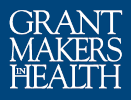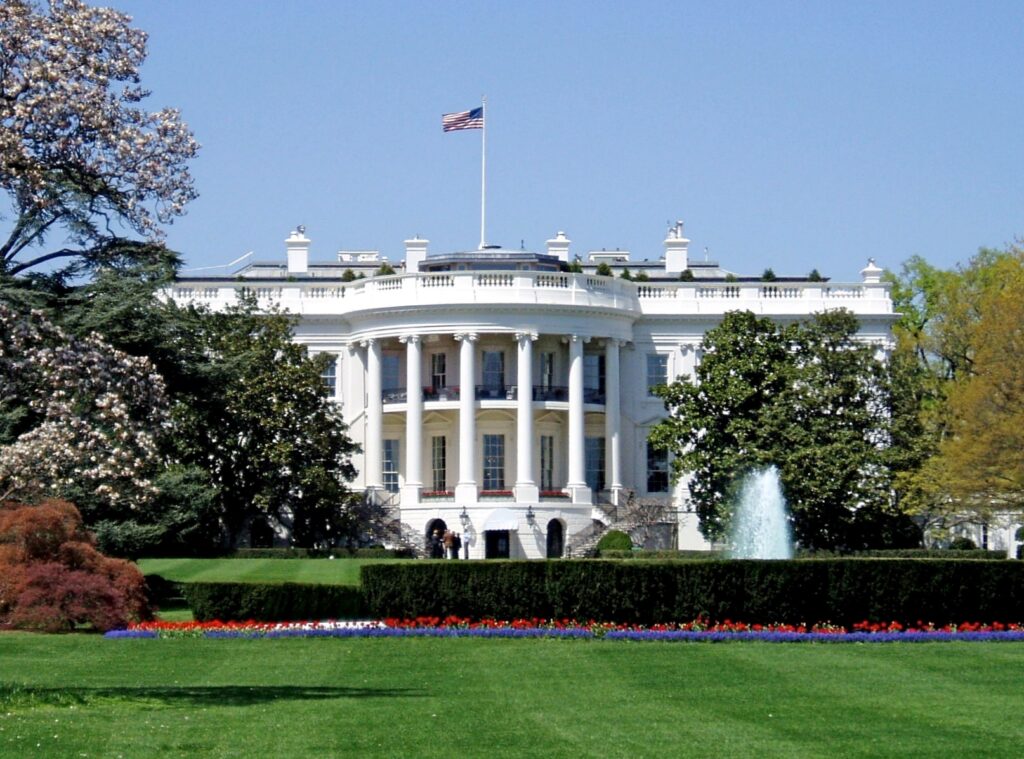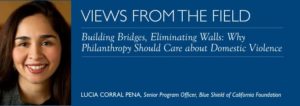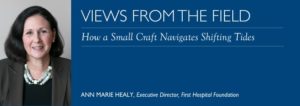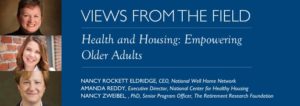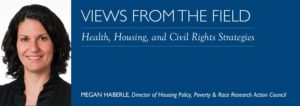The Final Reconciliation Package: Implementation of Key Provisions
On July 4, 2025, H.R. 1, the One Big Beautiful Bill Act, was signed into law. The implementation dates for key health care provisions in the law vary, with some taking effect immediately upon passage and others being implemented over several years. This resource details key dates for the implementation of the law’s most significant health care provisions.
Deadlines in Health-Related Executive Orders and Presidential Memoranda
This GIH policy resource details many of the health-related executive orders issued by the administration and includes a calendar of upcoming deadlines for when those orders are expected to be implemented.
Beyond the Exam Room: Impacting Health Outcomes Through Civic Engagement
August marks Civic Health Month, a time to showcase the link between voting and health and celebrate efforts that ensure every voter can support their community’s health at the ballot box. At the same time, the United States is grappling with a health care system ranked 37th globally despite consuming 17 percent of the country’s GDP. With 26 million Americans uninsured and 43 million underinsured, the gap in access to care continues to widen. This crisis will deepen as critical ACA subsidies expire at the end of 2025, potentially leaving 3.8 million more Americans without coverage, in addition to new federal cuts to Medicaid and changes to how coverage is accessed through the health insurance marketplace, which could result in as many as 20 million Americans losing their health insurance.
How to Support Hurricane Harvey Relief Efforts
Grantmakers In Health has compiled a list of resources for funders interested in supporting Hurricane Harvey relief efforts.
Building Bridges, Eliminating Walls: Why Philanthropy Should Care about Domestic Violence
Though domestic violence touches so many lives, there are still too few who are working to prevent its detrimental effects on those who struggle the most.
How a Small Craft Navigates Shifting Tides
With services and supports to our community’s most vulnerable residents repeatedly at risk over the last several months, we have found ourselves wondering: is this the new reality? And as a relatively small local foundation, how can we most effectively target our resources to make a difference?
